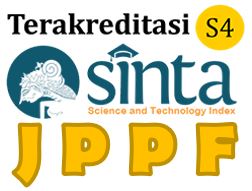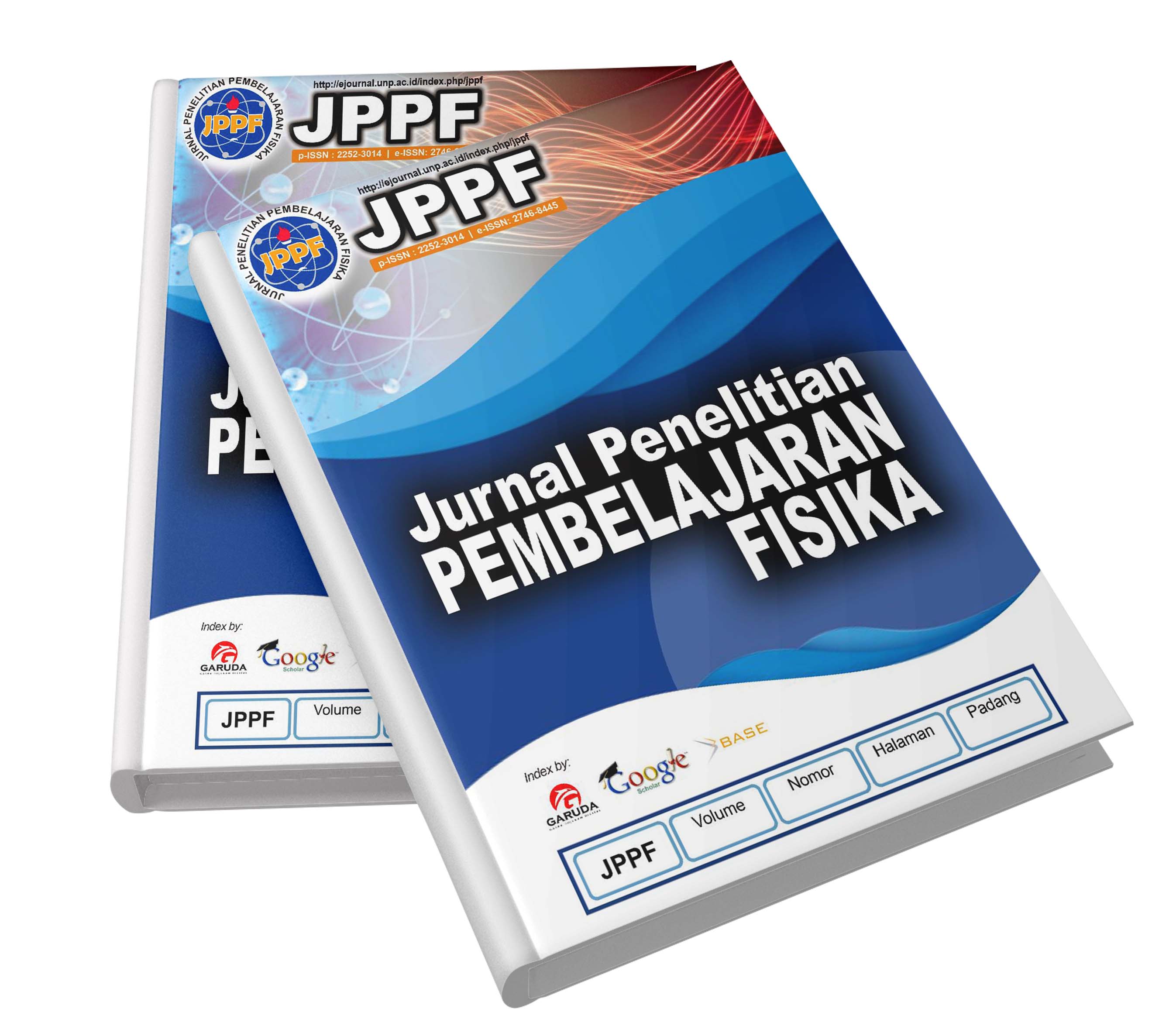The Effect of the PjBL Model on Students' Critical and Creative Thinking Skills: A Meta-Analysis
 ), Fatni Mufit(5),
), Fatni Mufit(5), (1) Masters Program of Physics Education, Universitas Negeri padang, West Sumatera
(2) Masters Program of Physics Education, Universitas Negeri padang, West Sumatera
(3) Masters Program of Physics Education, Universitas Negeri padang, West Sumatera
(4) Department of Physics, Universitas Negeri Padang, West Sumatera
(5) Department of Physics, Universitas Negeri Padang, West Sumatera
 Corresponding Author
Corresponding Author
DOI : https://doi.org/10.24036/jppf.v9i2.120539
Full Text:
 Language : id
Language : id
Abstract
Critical thinking and creative thinking are the main components in 21st-century learning, and this is considering the increasingly rapid development of current technological knowledge. These skills are required in finding a solution to a problem being faced, one model that can potentially train critical and creative thinking processes, namely the Project-based learning model. This study aims to analyse the effect size of using the PjBL model on critical thinking and creative thinking in physics learning, based on subjects and class level. The method in this research is a literature study. The data analysis technique used is qualitative analysis with a quantitative approach. The research used is descriptive of the analysis of the results of scientific research publications in national and international journals. The research findings revealed that overall, the various studies conducted had a significant and effective influence on improving students' critical and creative thinking, with the highest effect size overall being 3.14. The PjBL model gives SMA influence with a large effect category. The PjBL learning model produces effect sizes that vary from various grade levels and subjects.
 Article Metrics
Article Metrics
 Abstract Views : 168 times
Abstract Views : 168 times
 PDF Downloaded : 74 times
PDF Downloaded : 74 times
Refbacks
- There are currently no refbacks.




